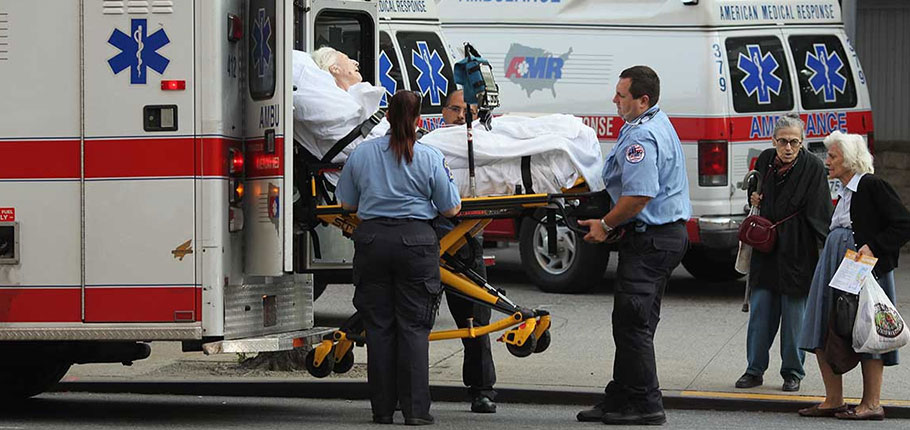A first responder, a paramedic and an emergency medical technician (EMT) are often confused by media and today, many people do not know the differences between these three professions. This is because of the availability of different information on the internet today and also most of this information are misleading. However, the situation is not bad as it used to be when these professionals were widely referred to as ambulance drivers. Gone are the days. However, there is still confusion about these professions.
Who is a First Responder?
Everybody is a first responder. Yes, this may seem surprising, but then, it depends on perspective. First responder can be seen from two point of view.
A first responder can be seen as a public safety official who may be a firefighter or a police official who has been certified to provide certain skills that helps in supporting life is a way that is similar to that on an EMT.
A first responder can also be regarded as the first person to be present at the scene of an emergency. The term first responder is generally used for all personnel involved in emergency service provision and also personnel who respond to medical emergencies.
Every ambulance begins with an EMT.
Yes, the emergency medical technician is the most important and most common certification on any ambulance.
The EMT and the EMT-Paramedic are the two levels of certification that are common in most states. Different names are usually used for these two certifications in different states. It is not uncommon to refer to the EMT-Paramedics as paramedics and the basic EMT as just EMT. This implies that an EMT cannot be called a paramedic but a paramedic can be called an EMT.
Haven said what each of these professions stands for, it is important to state the major difference between them.
Scope of practice and the type of training received still remains the major differences between the EMTs and paramedics. Scope of practice refers to the tasks they are permitted to perform and those they are not permitted to perform. The paramedics get between 1,200 to 1,800 hours of training while the EMTs receive training from 120 to 150 hours. Another thing to note is that two-year degrees are usually awarded in the paramedic program and not the EMT program.
Looking at the two with respect to their scope of practice, the major difference between EMT and paramedics comes in the ability bestowed on them to break the skin. It is important to note that paramedics are permitted to give shots to patients in emergency situation and also handle and make use of sophisticated devices for airway management so as to support breathing. In most states, emergency medical technicians are not allowed to break the skin or handle sophisticated devices. Interested to know more about EMT and paramedic? You can vocationaltraininghq.com for more information.
These two points’ aspects are the major ways in which they differ from one another and as such, they should not be used interchangeably. However, there is a unifying factor that binds them together and that rest on the fact that they all play a key and vital role in responding and handling emergencies. Every ambulance crew member is required to have at least an EMT certification so that they can attend to patients while at the back of the ambulance. They should all be provided with necessary training and equipment so that they can effectively carry out their duties in a hitch free manner. Paramedic training is mainly required for supportive care and also for maintaining a patient after the patient has resuscitated and is back to normal.





